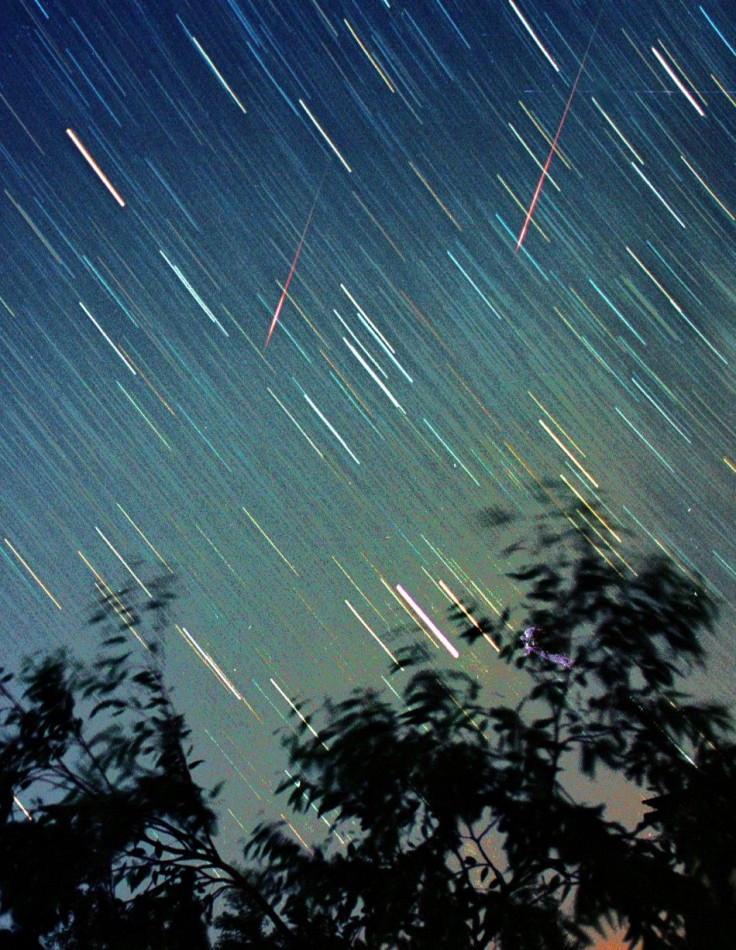Perseid Meteor Shower Peaks on Friday

A spectacular treat awaits star-gazers as the Perseid meteor shower peaks on August 12-13, generating visuals of fast-moving shooting stars.
However, a major chunk of these meteors will not be seen as the bright light of the full moon will play spoil sport.
The celestial show will also be coupled with the International Space Station gliding over U.S. cities.
NASA explains that debris falling from comet Swift-Tuttle, which orbits the sun once every 133 years, is hitting the top of the earth's atmosphere at 140,000mph which creates the meteor shower. These disintegrating meteors stream out of the constellation Perseus -- hence the name "Perseids".
The Perseid meteor can be best viewed during the hours before dawn especially on Saturday morning, August 13th. However, the shower can occur anytime between 10pm and sunrise.
The Perseid meteor shower is one of the regular meteor showers which occur in August every year. It has been a summer sky feature for the last 12 centuries. It was the first meteor shower to be identified with a comet.
In the last two decades, Perseids has surprised observers with 150 to 400+ meteors per hour as the Earth passed through regions of higher density in the dust stream.
A meteor is a shooting star, space dust about the size of a grain of sand. The dust hits the earth's atmosphere and burns up in a blaze of light.
Space Dust comes from Comets and asteroids passing through our solar system. When earth crosses through these dust clouds we see a meteor shower.
When a speck of this dust hits Earth's atmosphere traveling at greater speed it disintegrates in a bright flash of light called a meteor.
The Perseid meteor shower will be followed by the Geminids during mid-December and Quadrantids during January, which are the only major meteor showers not originating from a comet, according to NASA.
© Copyright IBTimes 2024. All rights reserved.











